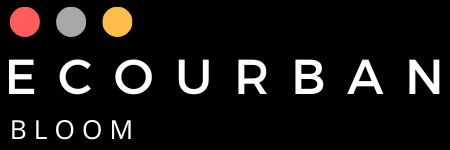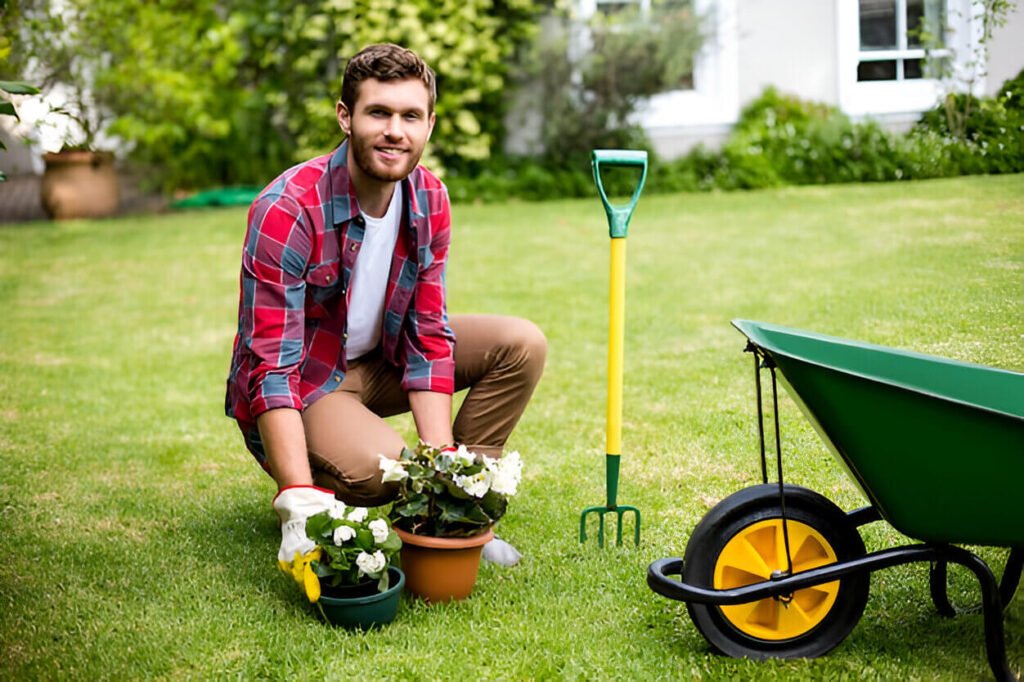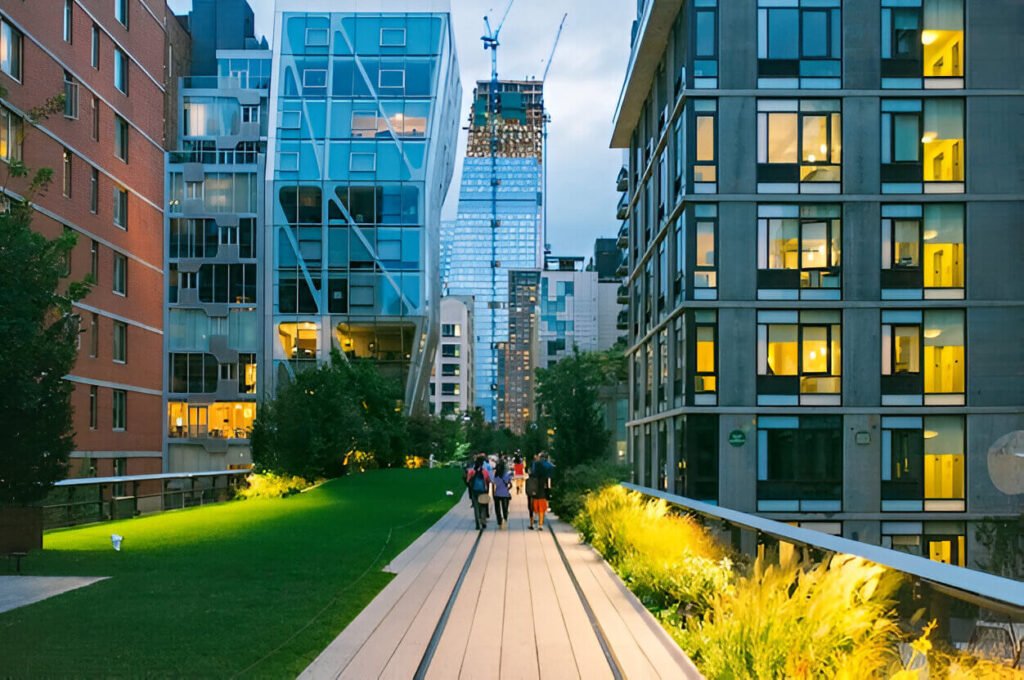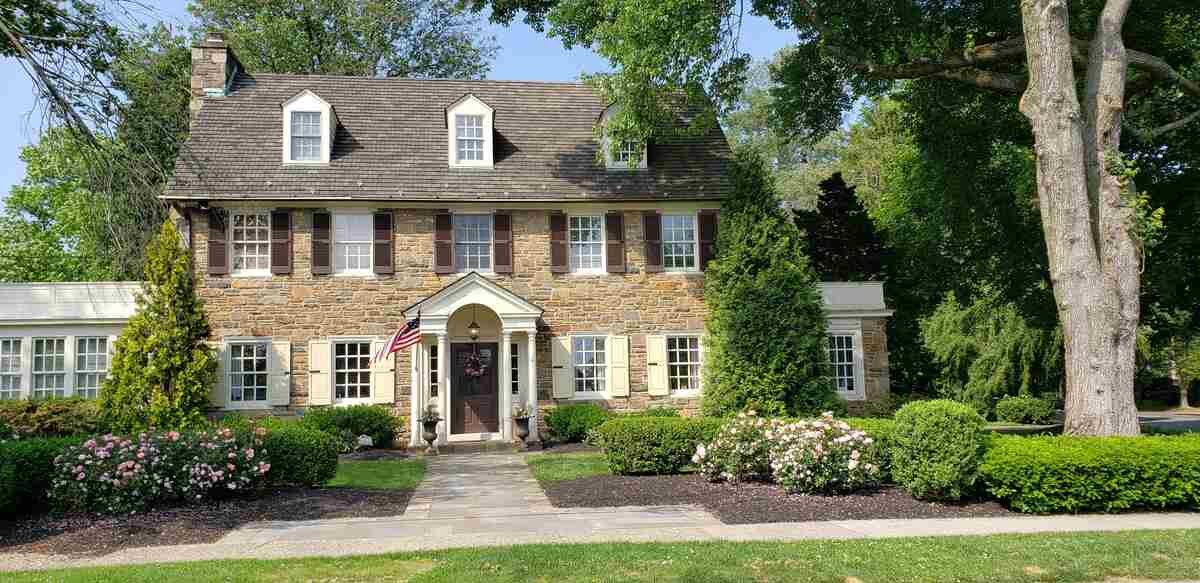Now Reading: Battery Park City: A Model for Sustainable Urban Living
-
01
Battery Park City: A Model for Sustainable Urban Living
Battery Park City: A Model for Sustainable Urban Living

Nestled at the southwestern tip of Manhattan, Battery Park City has emerged as one of the most remarkable success stories in American urban planning. Once a neglected waterfront, the area has evolved into a living example of how thoughtful design, environmental policy, and community engagement can turn city living into a model of sustainability. For Western audiences interested in eco-friendly development and resilient urban landscapes, Battery Park City is not just a neighborhood—it is a blueprint for the future.
From Industrial Wasteland to Sustainable Community
The story of Battery Park City began in the 1960s when a vision took shape to revitalize a deteriorating section of Lower Manhattan. The area, once dominated by dilapidated piers and industrial remnants, was reclaimed using landfill from construction projects like the World Trade Center. By the 1980s, the Battery Park City Authority (BPCA) had begun laying the groundwork for a carefully planned community that would eventually span 92 acres.
What distinguishes Battery Park City from typical urban development is its unwavering commitment to environmental sustainability. From the beginning, it was designed to incorporate open spaces, residential and commercial buildings, and green infrastructure in a holistic manner—a rarity in urban America at the time.
Sustainability Guidelines That Set a Precedent
The year 2000 marked a pivotal moment in the development of Battery Park City. That was when the BPCA introduced the Residential Environmental Guidelines, followed by the Commercial/Institutional Environmental Guidelines in 2002. These standards established a rigorous benchmark for environmental performance in areas like energy efficiency, air quality, water conservation, and the utilization of non-toxic, recyclable building materials.
Buildings such as The Solaire and The Visionaire quickly became benchmarks, achieving LEED certification and incorporating forward-thinking features like rooftop gardens, water recycling systems, and solar energy panels. These architectural marvels didn’t just provide luxury living; they pioneered new expectations for eco-conscious urban housing.
This pioneering work has inspired urban planners, architects, and environmentalists across the U.S. and Europe. Today, LEED certification and sustainable design are becoming standard practice in many Western cities, a trend that traces much of its origin back to the framework established in Battery Park City.
Long-Term Planning: The Battery Park City Sustainability Plan
Unlike many development projects that rest on initial success, Battery Park City has continuously evolved to meet the environmental challenges of the 21st century. In alignment with New York State’s Climate Leadership and Community Protection Act, the BPCA unveiled the Battery Park City Sustainability Plan—a comprehensive strategy aimed at achieving carbon neutrality by 2050.
The plan focuses on four primary categories: Energy, Water, Materials and Waste, and Site. Initiatives include:
- Retrofitting existing buildings to improve energy performance
- Transitioning to all-electric systems to reduce dependency on fossil fuels
- Incorporating renewable energy sources like wind and solar
- Enhancing stormwater management through permeable surfaces and rain gardens
As outlined in the 2024 Sustainability Progress Report, Battery Park City has made significant headway, including the completion of a Building Inventory and the implementation of green infrastructure across several sites.
Green Spaces as a Pillar of Wellbeing
One of the most distinguishing features of Battery Park City is its commitment to public green spaces. Nearly one-third of the neighborhood is devoted to parks, walkways, and gardens, offering a tranquil respite from the urban bustle. These green spaces enhance mental and physical well-being and play a critical role in reducing the urban heat island effect and managing rainwater runoff.
A shining example of this integration is Teardrop Park, designed with native plantings, sustainable irrigation systems, and interactive natural landscapes for children. It exemplifies how ecology and community engagement can be harmonized in urban settings.
Another important landmark is a multi-use community center that showcases sustainable recreational design. Learn more about how this space promotes urban green recreation and eco-conscious living by reading our in-depth coverage: Exploring Sustainable Urban Living at Asphalt Green.
Resilience in the Age of Climate Change
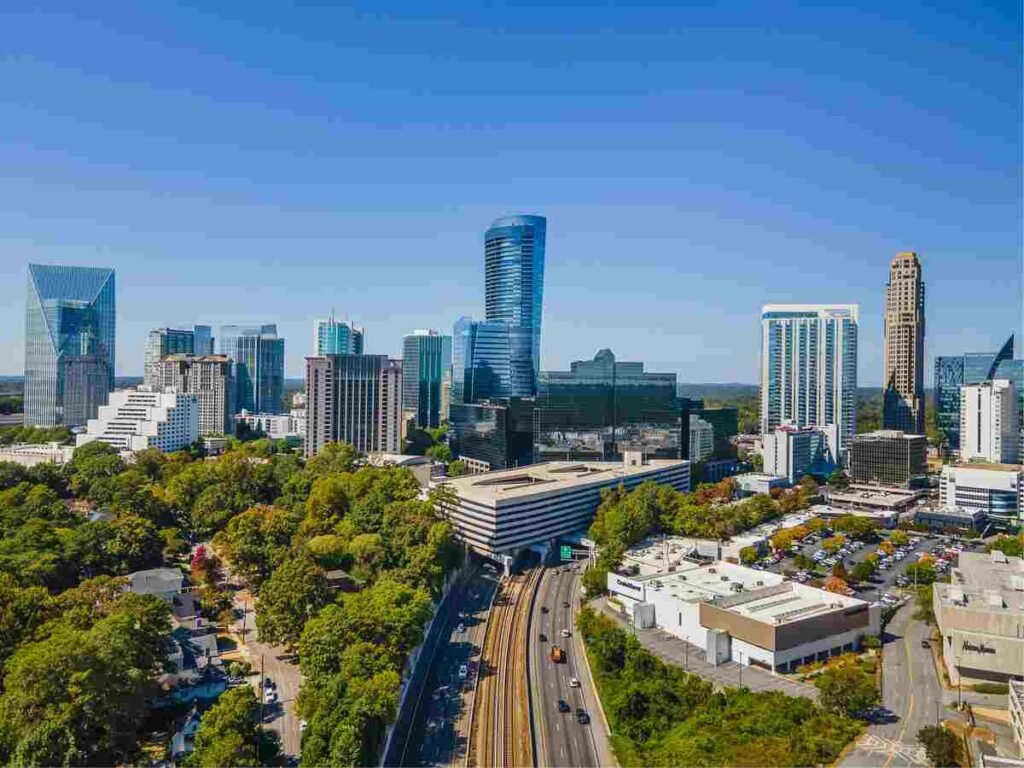
Photo by Kaleb East on Unsplash
Battery Park City is committed to sustainability in ways that go beyond energy and materials. It also encompasses climate resilience. The devastation caused by Hurricane Sandy in 2012 served as a wake-up call, reinforcing the need for protective infrastructure. In response, the South Battery Park City Resiliency Project was launched to create a flood barrier system that integrates seamlessly into the landscape.
These efforts underscore how urban development must now account for rising sea levels, extreme weather events, and other climate threats. Battery Park City’s proactive approach to resiliency planning makes it a model for coastal cities around the globe.
A Global Model for Sustainable Urbanism
The experience of Battery Park City offers profound insights for cities seeking sustainable and livable futures. Its success stems from a combination of forward-thinking policy, technological innovation, and community involvement. Western urban planners and municipal leaders looking for proven strategies can learn much from Battery Park City’s integrated approach.
Even more importantly, Battery Park City shows that sustainability is not an add-on; it is a foundation. By embedding ecological thinking into every layer—from architecture to landscaping, and from governance to recreation—the neighborhood serves as a vivid example of how cities can thrive while respecting planetary boundaries.
Why This Matters to the Eco-Conscious Reader
For Western readers concerned with sustainable urbanism, Battery Park City offers more than inspiration. It provides a concrete, operational illustration of what cities can accomplish when they prioritize environmental goals from the outset.
If you’re passionate about green cities, renewable energy, and future-focused community planning, then Battery Park City’s story aligns with your values. For more on these topics and actionable insights into green living, visit our platform: our sustainable living platform.
Featured Image by SALEH AHMED on Unsplash
FAQs
1. What makes Battery Park City a model for sustainable urban living?
Battery Park City stands out for its comprehensive sustainability approach—including energy-efficient buildings, expansive green spaces, strict environmental guidelines, and climate resiliency plans—all integrated into a well-planned urban community.
2. When did Battery Park City begin its transformation into a green community?
The transformation began in earnest during the early 1980s, with significant sustainability milestones introduced in the early 2000s, such as Residential and Commercial Environmental Guidelines and the development of LEED-certified buildings.
3. What are some key green features of buildings in Battery Park City?
Many buildings feature rooftop gardens, solar panels, rainwater harvesting systems, energy-efficient HVAC units, and use of non-toxic, recyclable materials. Notable examples include The Solaire and The Visionaire.
4. How does Battery Park City handle stormwater and flood risks?
The neighborhood incorporates permeable surfaces, rain gardens, and is implementing the South Battery Park City Resiliency Project—a flood barrier system designed to protect against sea-level rise and extreme weather.
5. What role do green spaces play in Battery Park City’s design?
Roughly one-third of the area is dedicated to parks, gardens, and waterfront walkways, contributing to improved air quality, mental health, biodiversity, and reduced urban heat island effect.
6. How is Battery Park City addressing climate change in the long term?
Through its Sustainability Plan, the neighborhood aims to reach carbon neutrality by 2050 by transitioning to all-electric systems, retrofitting buildings, and integrating renewable energy sources.
7. Can other cities replicate Battery Park City’s success?
Yes, the model is scalable and serves as a framework for sustainable urban development worldwide, especially for coastal cities seeking to balance environmental resilience with livability.
8. Are there recreational eco-friendly facilities in Battery Park City?
Yes, facilities like Asphalt Green promote sustainable recreation and community wellness. Explore how this green hub supports eco-conscious living.
9. How can I learn more about sustainable urban design and eco-living?
You can explore more insights, tips, and case studies on our sustainable living platform dedicated to green cities, eco-friendly lifestyles, and innovative environmental solutions.

